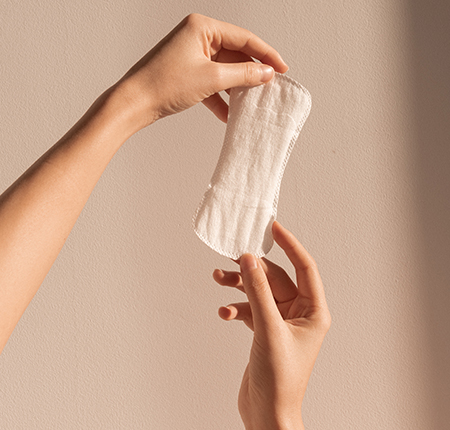
Kegel exercises to strengthen the pelvic muscles: how are they done and what does it help?
You've probably already heard of Kegel exercises: perhaps in the context of sexual health or for strengthening the pelvic muscles. Well, in both cases it helps! Why? Learn all about Kegel exercises in our article!
What are Kegel exercises?
In 1940, Arnold Kegel, an American gynecologist, invents the exercises that will bear his name in order to help women with urinary problems. Today, Kegel exercises are techniques that help the pelvic muscles to strengthen and better support the internal organs: the urethra, the bladder, the uterus (in women) and the rectum. Their purpose is to improve contractions and thus help people (both women and men) who experience urinary or rectal incontinence.
Kegel (pelvic) muscles - Where are they located?
How do you know what Kegel muscles are?
You can locate these muscles when trying to stop the stream of urine. The muscles you use here are the pelvic muscles! So you will know how it feels when it contracts or relaxes. But remember: this exercise during urination should not be repeated, it is just to get to know your muscles.
Kegel exercises are done when the bladder is empty, because otherwise it can increase the risk of urinary infections.
Why do the pelvic muscles atrophy?
Many factors can weaken the pelvic muscles and among the main causes can be:
Task
The birth
surgical interventions
Age
Excessive straining due to constipation or chronic cough
What happens when the pelvic muscles atrophy?
Pelvic muscles can atrophy over time, causing problems. And if you have one or more of the following conditions, you may benefit from Kegel exercises:
You lose a few drops of urine when you sneeze, laugh or cough (stress incontinence)
You feel a strong and sudden need to urinate just before you lose a large amount of urine (urgency urinary incontinence)
Passing a stool (faecal incontinence)
If you struggle with urinary incontinence, a 100% organic cotton daily absorbent pad like ENROUSH can help protect you from unwanted leakage without the risk of irritation or allergies from chemical ingredients.
Kegel exercises - How are they done?
The technique by which you do the Kegel exercises is essential if you want to get the benefits you want in the shortest time. And if you do the exercises correctly, you avoid possible negative effects on the pelvic organs.
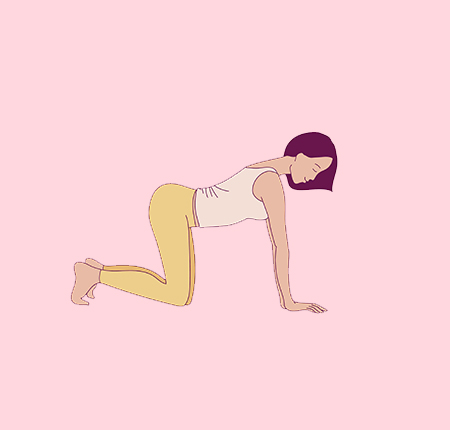
In general, it involves following some steps:
First, make sure your bladder is empty, then sit or lie on your back
Tightens the pelvic floor muscles
Hold tight and hold the plank in the tension position for 3-5 seconds
Relax your muscles for another 3-5 seconds
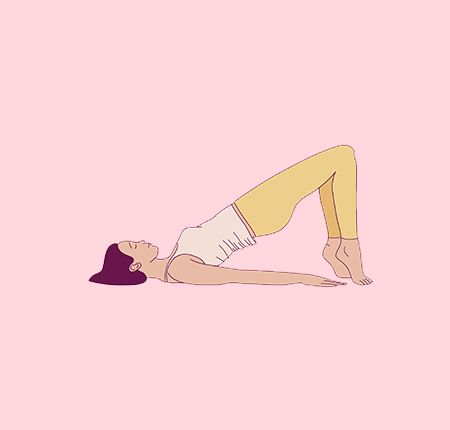
How often should Kegel exercises be performed?
Once you get used to this technique, you can do the Kegel exercises three times a day, 10 times. It is also important to breathe deeply and relax your body when doing these exercises. The crunch and lift should be done without straining the abdomen and without tensing the muscles of the stomach, thighs or buttocks.
Although Kegel exercises can be performed anywhere and anytime, the best results occur if you stick to a consistent schedule (for example, morning, noon, and night). If you can, try to do the exercises at the same times of the day.
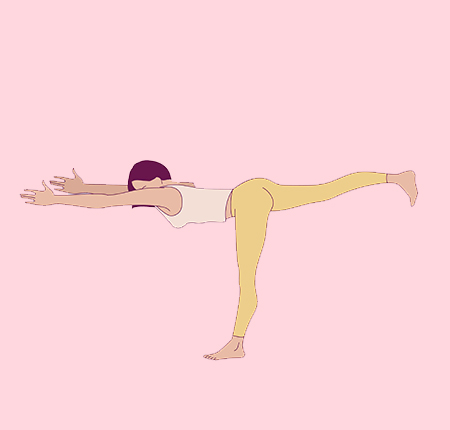
Useful tips for performing Kegel exercises
Here's how you can create an effective Kegel exercise routine that will help you in the long run:
Learn how to correctly identify your pelvic muscles
Always improve your technique
Keep your focus
Breathe deeply and properly
Repeat the exercises 3 times a day
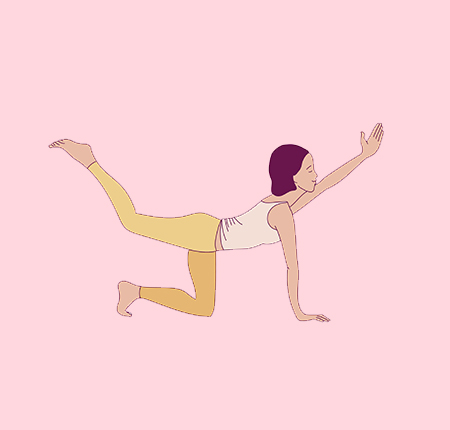
How long does it take to strengthen the pelvic muscles?
When you do Kegel exercises regularly, you can expect results within a few weeks (4-6 weeks). But for continued benefits, maintain a permanent, daily routine.
The advantages and benefits of Kegel exercises for EA
Among the benefits of Kegel exercises for women, you can enjoy the following:
strengthening the vaginal muscles
increased sensitivity and more intense orgasms
reduction of menstrual cramps
promoting vaginal lubrication
whole body health
The advantages of Kegel exercises during pregnancy and after birth
Almost 70% of women experience urinary incontinence during pregnancy or after giving birth, so Kegel exercises can help you strengthen your muscles to prevent or stop incontinence. What's more, doing them during pregnancy can help you have an easier birth and avoid pregnancy prolapse (or displacement of organs), when the bladder can slide out of place due to the weight of the pregnancy.
Kegel exercises at menopause
After menopause, muscle mass is gradually lost and the pelvic muscles are also not exempt from a deterioration that progresses with age. It's a natural process, but studies have shown that women have a higher risk of pelvic floor dysfunction, urinary incontinence, prolapse or fecal incontinence.
The good thing is that Kegel exercises can help you have better blood circulation in the pelvic area which can help improve the natural lubrication of the vagina. What's more, regular exercise can even help you have more intense orgasms.
What are Kegel balls?
Kegel balls, or Ben Wa balls, have been used for centuries to strengthen vaginal and pelvic muscles. These are small balls with weights, they can be of different sizes and can be made of various materials.
But Kegel balls do more than just help strengthen your pelvic muscles: they can be used as sex toys or enhance pleasure (by the way, read more about how to choose the right sex toy here! )

Kegel exercises for men: advantages and tips
Men with certain health or sexual health problems can also benefit from Kegel exercises. What benefits do they have for men?
It helps to improve incontinence
Helps manage prostate pain and swelling
Increase sexual pleasure through greater ejaculation control
Are Kegel exercises useful for the prostate?
Yes, Kegel exercises can help manage prostate pain and swelling that occurs with prostatitis and benign prostatic hyperplasia (BPH).
Can Kegel exercises help erection?
The effect of Kegel exercises for sexual health have the advantages of controlling ejaculation and if practiced regularly, they can be effective in erectile dysfunction, thus helping erection.
